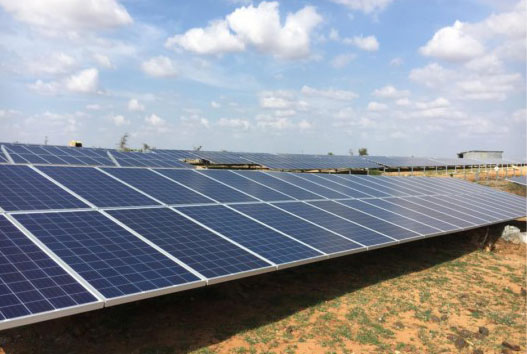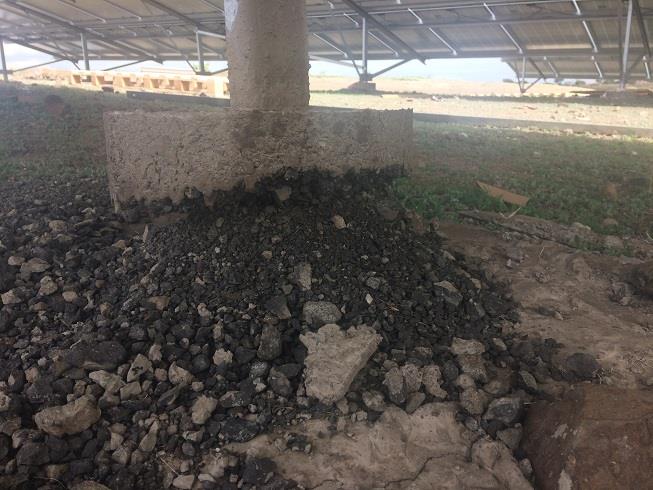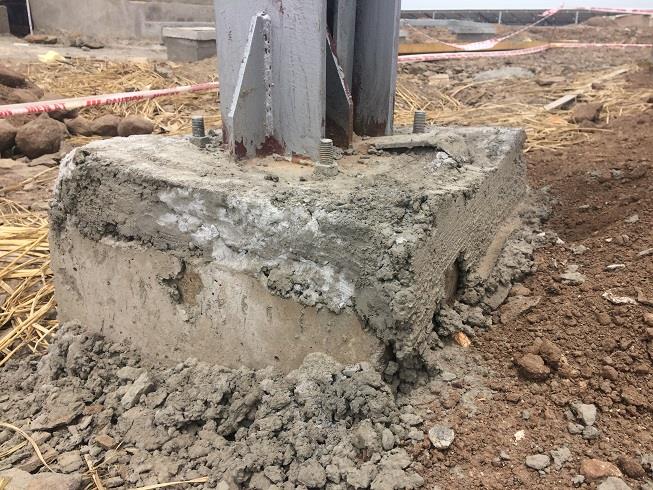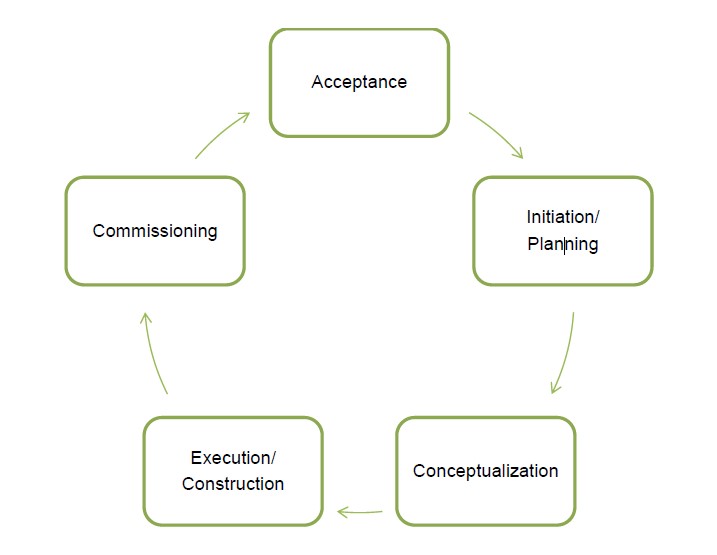Solar PV Projects – The Case for Independent
Construction
Monitoring
By Dhiraj
Madje
dhiraj_madje@sgurrenergy.com
Download as PDF
EXECUTIVE SUMMARY
A solar PV project is divided into various essential aspects of infrastructure such as:
electrical engineering, civil engineering, module mounting structures, weather
monitoring
stations, and supervisory controls. In order for a solar power plant to achieve the
desired
generation values, it is vital that the design conceptualization translates into
implementation
on the ground. This means that every aspect of engineering and construction needs to be
properly
validated, documented, and easily accessible during the project cycle.
Th article provides a high-level overview on the importance of independent monitoring
during the
construction phases and its implementation techniques with the help of site quality
assurance
documentation. The presence of independent engineers during various project phases such
as
initiation, planning, and execution will help solar power plant developers and
engineering,
procurement, and construction (EPC) companies achieve acceptable solar power plant
quality
standards.

INTRODUCTION
Solar PV power plants are often considered to be simple construction projects, but the
reality is
that essential methodology and implementation techniques are often ignored because of delays
starting the project or the need to meet the commercial operational date (COD) deadline in
the
power purchase agreement (PPA).
Basic health, safety and environment (HSE) site quality documentation such as the field
quality
plan (FQP), installation checklist, pre-commissioning checklist, and testing checklist are
frequently treated as being unimportant. Even imperative guidelines that detail project
construction activities such as the method of statements (MOS) or technical work procedures
(TWP) are regularly ignored or neglected by the EPC. These plans and procedures can be
implemented and adhered to as a project progresses with the help of independent engineers.
NEED OF CONSTRUCTION MONITORING
These actual images from project sites illustrate low quality
civil engineering work that was executed in the absence of supervision or construction
monitors.

Figure (A)

Figure (B)
Lack of supervision and underutilization of implementation quality checklists has resulted in
structural post pile cap erosion after heavy rains in Figure (A). Improper grouting and
insufficient finish to the foundation bolts of the structural pole can be observed in Figure
(B).

Figure (C)

Figure (D)
Figure (C) shows deformed structural bracing members for the installation of module mounting
structures that is the result of implementation quality checklists not being used along with
no
independent oversight. Deformed bracing can be replaced, but in Figure (D) the support post
has
been installed at an incline, which will result in instability to modules. These low quality
mistakes are repairable, but at a high cost and the rework will consume precious time
towards
meeting project completion deadlines. Such issues have been observed to be accepted by
developers as defects. Quality lapses are commonly observed and noted in the electrical
infrastructure as well. Modules can be damaged or even broken beyond acceptable limits,
leading
to higher costs for project installations. Compromised quality can lower energy generation,
causing a project to fall short of the target output for which it was selected.
To mitigate the above concerns, solar PV project construction should typically progress
through
the following stages: planning, conceptualization, schematic design, construction design and
drawings, and most importantly construction administration to ensure that quality control
and
assurance is implemented throughout the project lifecycle illustrated in Figure (E).

Figure (E): Project Life Cycle
Appointing a designated team of engineers for construction monitoring during the project
phases
to confirm the implementation of quality control and assurance systems would achieve
acceptable
quality plant standards at delivery. These engineers would principally help contractors
follow
consultant, developer, and manufacturer recommendations during installation, testing, and
commissioning for all the project components. They would compile records of all the
installation
and testing results in the form of checklists, which will in turn make the project
documentation
stronger and more useful for future O&M.
Construction monitoring of solar PV plants needs to be performed in the interest of quality
control and to resolve issues that arise due to non-conformance to standard industry
practices.
In this model, every task is completed in a sequential manner and the steps include
resolving
common problem or lapses as shown in Figure (F).

Figure (F): Quality Control Steps
CONCLUSION
Project construction monitoring teams would apply their knowledge, skills, tools, and
techniques
to project activities to assure they meet established project safety and quality
requirements.
They would also be proficient at helping EPCs in implementation aspects such as following
quality plans, utilizing check lists, completing compliance reports, resource management,
etc.
It is essential for the solar industry in India to appoint construction monitoring teams so
that
a standard level of project construction can be achieved and maintained.
Download as PDF